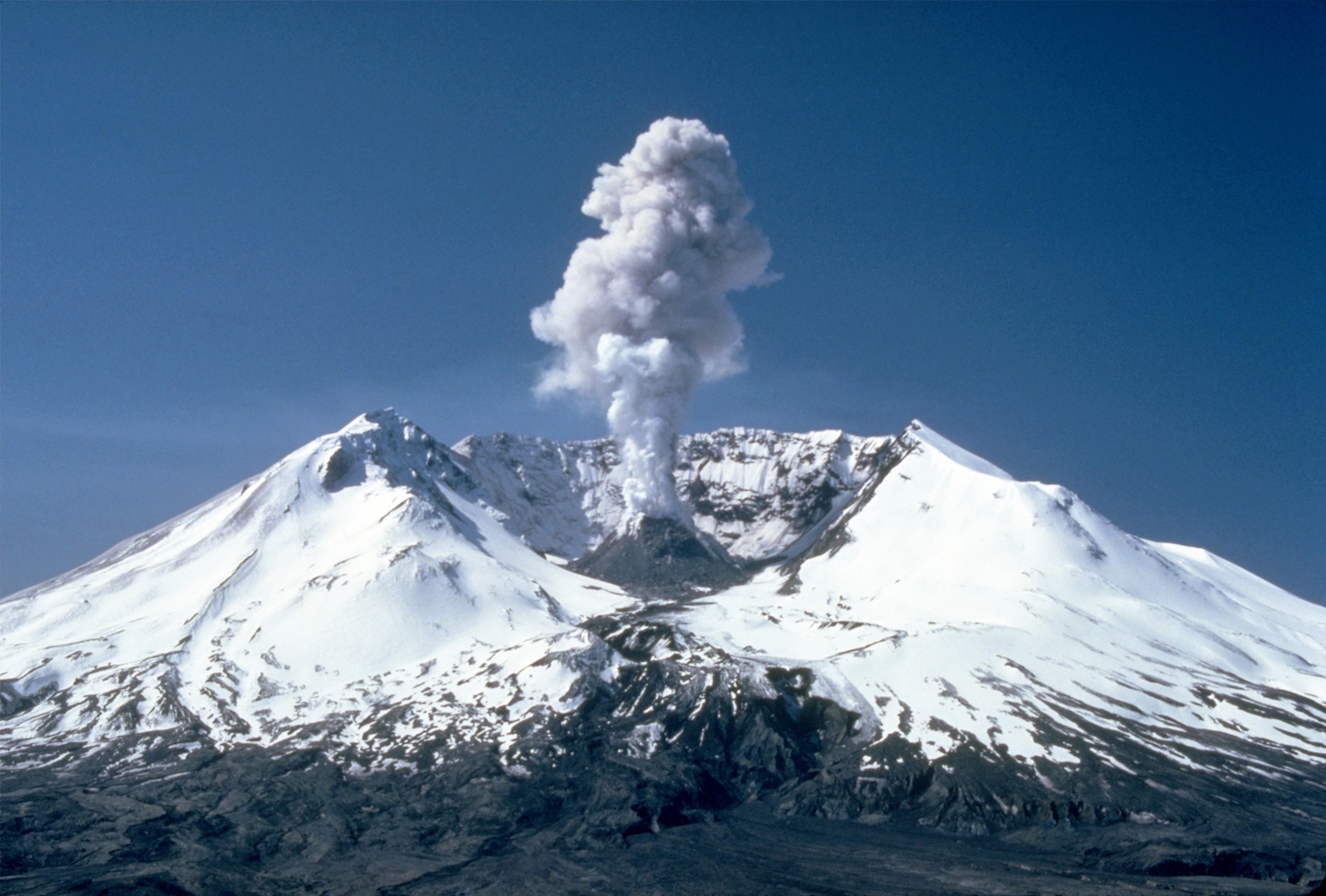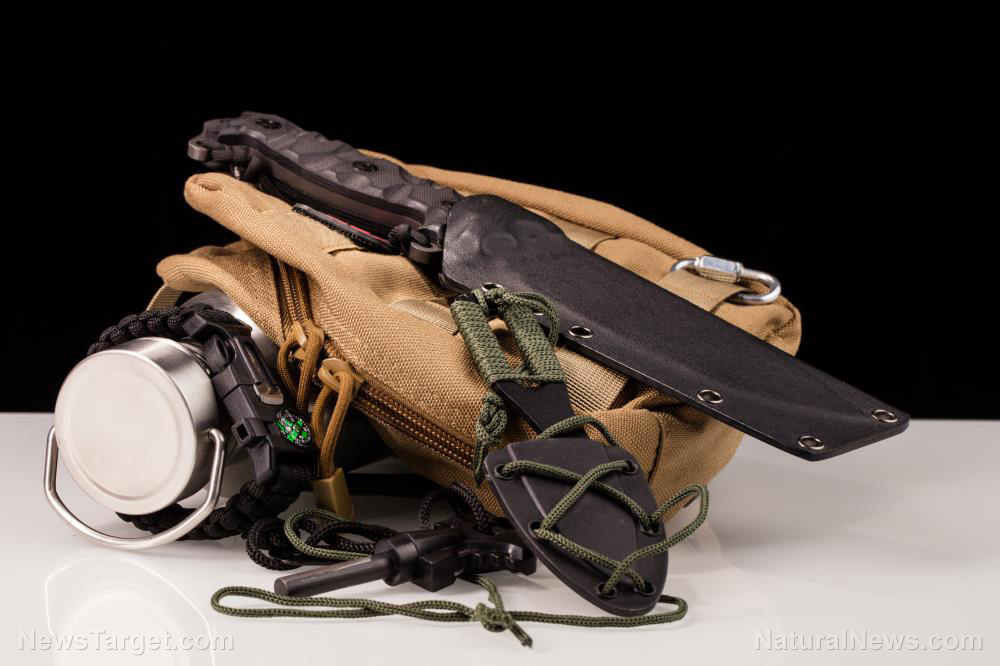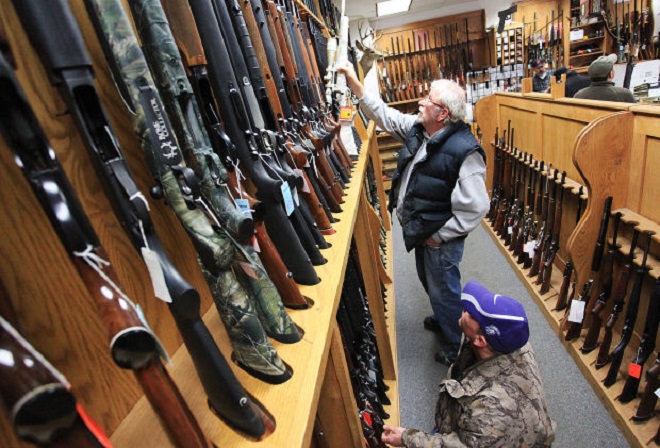
- The mountain men of the 1800s thrived in harsh conditions by being resourceful, adaptable and self-reliant. Their survival mindset remains relevant for modern hikers and preppers facing emergencies in the wilderness.
- Mountain men carried minimal but effective tools. Modern hiking and prepping equivalents include a survival belt with items like a firestarter, multi-tool knife, paracord, compass, map and a small first aid kit.
- Mountain men learned skills and used tools that helped them acquire three survival essentials: fire, water and food.
- Mountain men built shelters from natural materials. Modern hikers should carry lightweight tarps, sleeping bags and cordage for quick shelter.
- Beyond gear, survival depends on staying calm, signaling for help, cooperating with others and learning from nature. The mountain men’s legacy teaches that survival is about preparation, resourcefulness and respect for nature. By adopting their mindset and carrying essential gear, modern adventurers can confidently face the challenges of the wilderness.
The mountain men’s survival philosophy
The mountain men were masters of adaptation. They carried minimal gear, relying instead on their knowledge of the land, hunting skills and ability to improvise. (Related: Essential survival skills you can master in your own backyard.) Their survival philosophy was simple: be prepared, stay mobile and use what nature provides. This mindset is just as relevant today. Whether you’re hiking, camping or facing an unexpected emergency in the mountains, the key to survival lies in preparation, resourcefulness and the right gear.Essential survival gear used by the mountain men
The mountain men’s "kit" was a carefully curated collection of tools and supplies designed for survival. Here’s how you can adapt their approach to modern prepping or mountain emergencies: The survival belt: Always be prepared The mountain men were early adopters of the utility belt, carrying essentials like knives, firestarters and repair tools on their person. A modern survival belt should include:- Firestarter kit – A ferro rod or waterproof matches, paired with tinder (cotton balls soaked in petroleum jelly work well).
- A multi-tool knife – For cutting, carving and self-defense. You can also bring a hunting or survival knife that can double as a self-defense weapon when SHTF.
- Paracord – Paracord is a versatile kind of cordage that is best used for building shelters, securing gear or fishing.
- Compass and map – Navigation is critical in the mountains, where GPS devices can fail.
- Small first aid kit – Your bag should have a basic first aid kit with supplies like bandages, antiseptic wipes, gauze, hydrogen peroxide and bandage closures for minor injuries.
- Firestarters – A ferro rod or magnesium fire starter is reliable in wet conditions.
- Tinder – Dryer lint, fatwood or commercial fire-starting cubes.
- Emergency blanket – Lightweight and compact, these reflective blankets retain body heat and can double as a shelter.
- Portable water filter –A lightweight filter or purification tablets can make water safe to drink.
- Collapsible water bottle – This is easy to carry when empty and useful for collecting water.
- High-calorie snacks – Energy bars, nuts and dried fruit provide quick fuel.
- Fishing kit – A small kit with hooks, line and sinkers can help you catch fish in a pinch.
- Edible plant guide – Learn to identify safe, edible plants in your area.
- Lightweight tarp or bivy sack – For quick shelter in rain or snow.
- Sleeping bag – Rated for the coldest temperatures you might encounter.
- Cordage – Paracord or rope for building a shelter or securing gear.
Survival tips for mountain emergencies
Beyond gear, the mountain men’s survival skills were their greatest asset. Here are some tips to help you navigate emergencies: Stay calm and assess the situation Panic is your worst enemy. Stop and take a moment to evaluate your surroundings, identify immediate threats and prioritize your needs (shelter, water, food or signaling for help). Signal for help If you’re lost or injured, signaling for help is crucial. Use a whistle, mirror or bright clothing to attract attention. Three of anything (whistle blasts, fires or flashes) is a universal distress signal. Conserve energy In survival situations, energy is precious. Avoid unnecessary exertion and focus on tasks that improve your chances of rescue or survival. Trade, don’t fight The mountain men often traded with Native Americans to avoid conflict. In a survival scenario, cooperation with others can be more beneficial than confrontation. Carry small, lightweight trade items like extra food, firestarters or tools. Learn from nature The mountain men were keen observers of the natural world. Learn to read the landscape, identify edible plants and understand animal behavior. These skills can make the difference between life and death. The mountain men were a unique breed of adventurers who thrived in the wilderness through ingenuity, resilience and a deep understanding of their environment. Their legacy teaches modern hikers and preppers that survival isn’t just about having the right gear — it’s about having the right mindset. As you venture into the mountains, remember their lessons: Carry only what you need, stay adaptable and respect the power of nature. With the right preparation and a spirit of resourcefulness, you can face any challenge the wilderness throws your way. Visit Survival.news for more tips on how to survive when SHTF. You can also check out Health Ranger Store and Brighteon Store for more clean food supplies for your prepping needs. Watch the video below to learn more about essential prepping tools like UHMWPE Braided Survival Cord and Bug Spray. This video is from the Health Ranger Store channel on Brighteon.com.More related stories:
Survival cooking basics: Essential gear and fuel for every scenario. Hiking danger: Powassan virus is a rare but real threat. Prepping tips for beginners: Nutritious emergency foods to stock up on. Prepping 101: Tips to help you start your prepping journey. Sources include: Survivopedia.com HopkinsMedicine.org TrailHiking.com.au Brighteon.comAlaska’s Mount Spurr could erupt within weeks, mirroring destructive 1992 event
By Cassie B. // Share
Why essential oils are must-have barter items when SHTF
By HRS Editors // Share
7 Must-have multi-functional survival tools for every prepper
By Zoey Sky // Share
How to stay motivated when prepper burnout strikes during stressful times
By Zoey Sky // Share
Rice: History, nutrition and how to choose the healthiest varieties
By Laura Harris // Share
Survival basics: How to stay alive when the unexpected happens
By Zoey Sky // Share
Trump’s sweeping tariffs set to hit consumers hard — from iPhones to automobiles
By willowt // Share
Copper collapse: Tariff war sparks metals meltdown, rattles global markets
By willowt // Share
Trump’s tariff gambit pays off as approval ratings defy market turbulence
By willowt // Share
Alaska’s Mount Spurr could erupt within weeks, mirroring destructive 1992 event
By isabelle // Share










